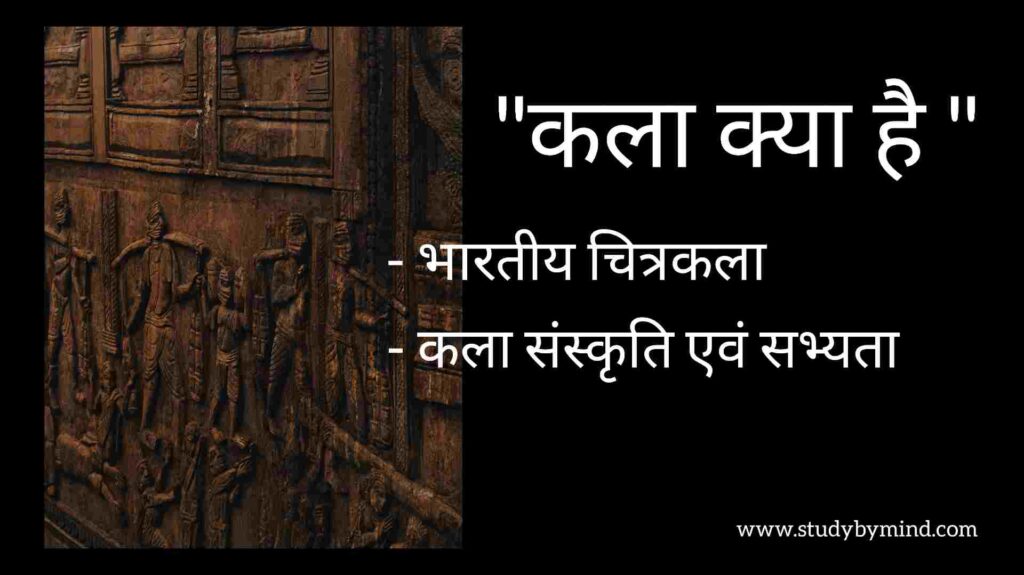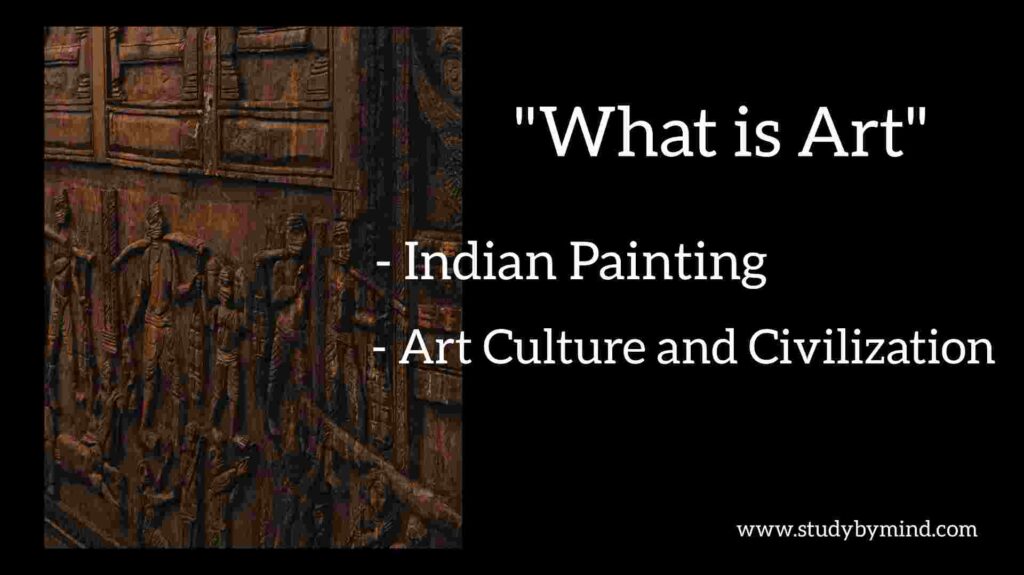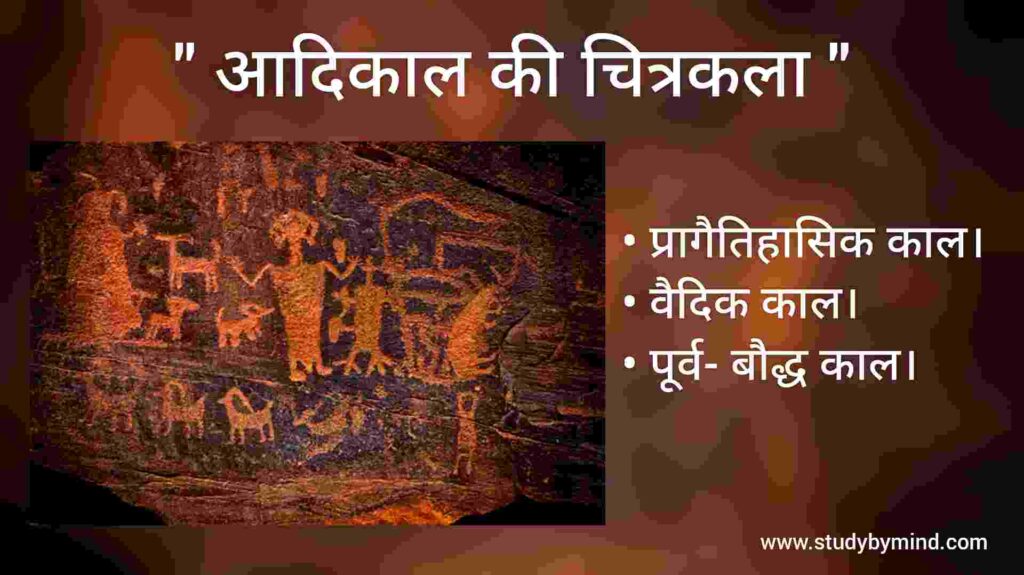Introduction to Ajanta Caves
Today we are going to tell you about the cave paintings of Ajanta. Ajanta caves in english – Ajanta is located in Aurangabad district in Maharashtra. To reach Ajanta, one has to go from Jalgaon via Faradpur village, and here, at a distance of two miles from Ajanta, there is a village named ‘Ajintha‘, whose original pronunciation is “Ajistha“. The caves are named “Ajanta” after the name of this village. These caves are located about 102 kilometers from Aurangabad Central Railway station. We introduce you to the caves and paintings of Ajanta –
अजंता की गुफाएं in hindi – ” Click here “
Table of Contents

ajanta cave painting, ajanta painting, ajanta art history, ajanta history, ajanta caves story, ajanta caves art in english, ajanta painting, Ajanta caves in english (paintings of Ajanta)
Discovery of Ajanta
Here we will know, some such writings of the Mughal period are found which show that the Mughal armies used to move towards the south through the valley of Ajanta. But for hundreds of years, these unknown caves hidden in the forests remained home to wild animals, birds like bats, and in 1819 AD, the people of Europe first came to know about these caves. He got this knowledge from some soldiers of Madras Regiment, who had gone to this valley to suppress the rebels. Then a soldier chasing the fox reached a cave in Ajanta and saw the picture. He informed his commandant about these pictures. After receiving this information, an English company officer “William Askrin” prepared an article and read it in “Bombay Literary Society”. After this, people gradually came to know more.
paintings of Ajanta caves
Examples of early painters in the caves of Ajanta are found in the ninth cave and the tenth cave. The paintings in these caves have been badly damaged. These paintings bear special resemblance to the stone sculpture style of Sanchi and Bharhut. The time of these pictures can be easily estimated. The paintings in the caves of Ajanta include various images of Buddha and sacred religious symbols. Besides, the life stories of Buddha and his Jataka tales are the main subjects of the paintings in these caves. The painter has depicted the stories of Buddha in a very beautiful manner. In the murals of Ajanta, only a limited number of mineral colors are used so that they lose their new existence due to the alkaline effect of the paint. The colors used freely in Ajanta and Bagh include white, red, yellow, blue and various browns.
art of the first cave
Scenes from many beautiful stories are depicted in this cave. Beautiful decorations are painted on the ceiling. In this cave, the story of Shivi Jatak, the scene of the meeting of Nagraj, the scene of the meeting of Shankhapal Jatak, Marvijay and Pulakeshin are especially noteworthy. The form of the story of Shivijatak is mythological. The faces depicted in this picture are long and the drawing is medieval, and the picture is written with thick lines from which we can guess that this cave might have been painted later.
art of the second cave
The paintings of Jatak stories and meetings in this cave are beautiful. On the right side, there is a picture of an unknown gathering and Mahahansa Jatak. On the left wall of this cave, there are pictures of ‘Maya’s dream’, ‘Thirshit Heaven’ and the birth of Buddha. In the picture of Maya’s dream, Mahadevi Maya is sleeping in the bedroom, in this picture the artist has depicted the story of the dream with the help of white round shape or the symbol of Pratap Kunj.

art of the sixth cave
Like the 19th cave, some paintings are also found in the sixth cave. Among these, a beautiful woman with well-groomed hair and some pictures of gatekeepers have been made by a skilled painter.
art of 9th cave
In this cave, a large block of plaster was removed from a wall and a picture was made below it, which was made by applying shiny plaster like porcelain on the rock. There is an ancient picture of a sitting woman in this cave. Because later on, the old paintings were covered with a layer of thin plaster and painted over. Some paintings made in Navi Cave also belong to the Gupta period. The group of priests going towards the stupa depicted in this cave has a lot of similarity with the architecture and sculpture of that time.
art of the tenth cave
There were more paintings on the right wall of this cave about 80 years ago than today. These paintings were of early style. In these, elephants were marked with particularly powerful independent lines. In this diorama, the story of 6 teeth Jataka is depicted, in which the painter has depicted the dense forest beautifully. Many types of trees like Bargarh, Sycamore and Mango trees have been depicted here. On the left wall, there is a depiction of a procession scene in which armed horsemen on foot in front and groups of women behind are depicted moving at a fast pace. There is a picture of Shyam Jatak in this cave itself. Shyam Jataka has been painted in the 3rd century and the Buddha characters depicted in standing postures on the pillars of this cave and with their clothes and light beams behind their heads have the influence of Gandhara style.
art of Cave 11
Here there are beautiful pictures of the story of Hasti Jatak, the story of Nand and his queen distraught with separation. In this picture, some children and women are bathing in a lake on the banks of a dam. And there is also a demon in this picture, but the writing of the figures in this picture is weak.
art of Cave 16
There were more paintings in the womb of this entire cave about 80 or 100 years ago, but now many of the paintings have been destroyed. There is a main picture of “Buddha preaching” in this cave. There is another painting of the same subject in this cave. In this picture, the main work of Buddha has been destroyed but the figures of his devotees have suffered less damage. The artist has achieved immense success in showing the devotees a concentrated and humble vision of devotion. The story of Sujata is painted on the right wall of the 16th cave. It has a beautiful picture of cows and the building has geometrically cut latticework like the stone sculpture of the Gupta period. There is a most famous painting in the 16th cave which is known as “The Dying Princess”.

art of Cave 17
The paintings of the 17th cave are after the paintings of the 16th cave but this painting is in a worse condition than before. About 31 scenes have been described in this cave but now very few pictures are available. As soon as we enter this cave, there were beautiful paintings on the wall of the outer verandah which have been destroyed. There may have been paintings of Buddhists on both sides of the gate at some time but now only their crowns remain. Beautiful carvings have been made on the ceiling of this cave. There are many beautiful paintings inside this cave, including many scenes of the attack of the Nalgiri salt elephant. But the colors of these paintings have faded and many parts have fallen along with the plaster. A grand picture of “Mar-Vijay” is engraved in this cave.
19th cave paintings
This cave is a psychic planet. In this, more ornamentation work has been done by cutting the stone. Among the paintings, the picture of Gautam Buddha and the design of the roof on the front are beautiful.
FAQ Section
Q. Where is Ajanta Cave?
Ans. Ajanta Caves are located in Aurangabad district of Maharashtra, India. This is a Buddhist memorial cave made by cutting 29 large rocks. There are paintings and sculptures related to Buddhism here.
Q. Who built Ajanta Cave?
Ans. These were built during the period from 100 BC to 100 AD. It was built under the patronage of the Hindu Satavahana dynasty who ruled the region. (230 BCE to about 220 CE)
Q. Which color has been used in Ajanta caves?
Ans. In the caves of Ajanta mainly red ochre, yellow, brown, black, white and blue colors have been used. All these colors are obtained from plants and minerals.
Q. How many caves are there in Ajanta?
Ans. There is a group of 29 caves in Ajanta. There are excellent examples of Buddhist architecture, cave paintings and sculptures here.
see also
Art of Indus Valley Civilization – Painting – ” Click here “
Jogimara cave and painting – ” Click here “
Ajanta caves more info – ” Click here “


